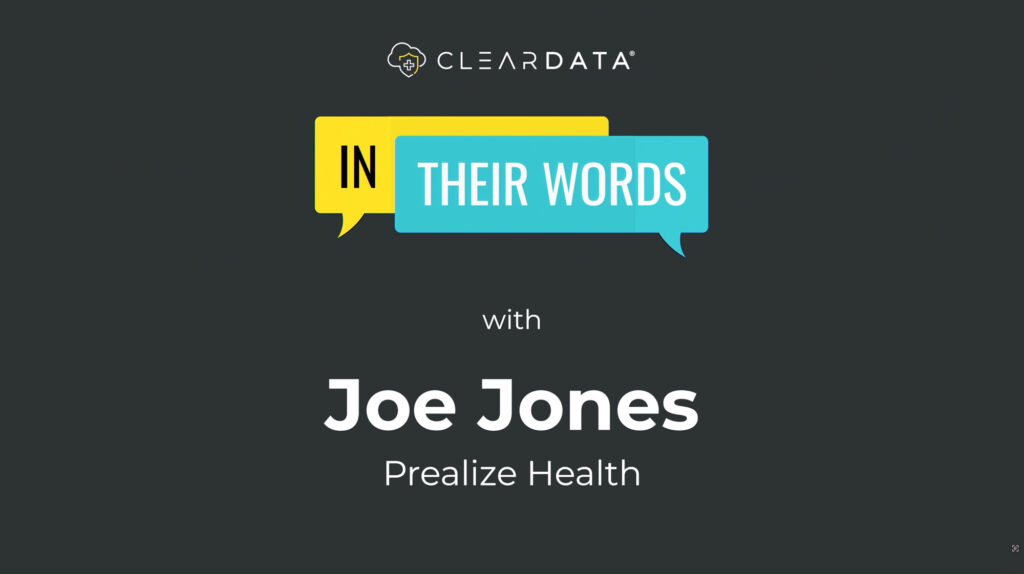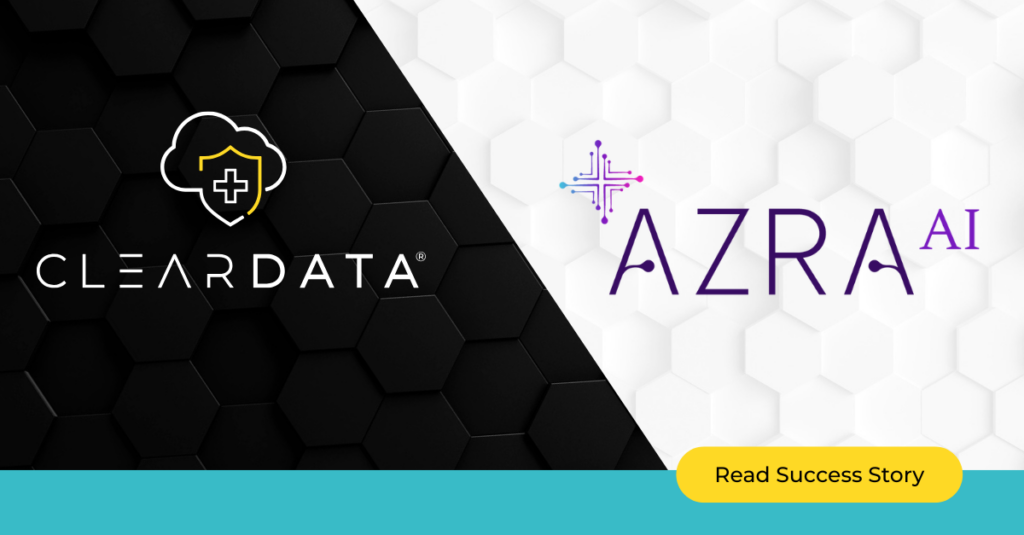With an unprecedented amount of information available to life sciences organizations (think exabytes), Big Data is playing a larger and larger role in the future of the industry—from translational medicine, clinical trial acceleration, and drug discovery to marketing and manufacturing. Because of the data’s galactic size and increasing complexity, these endeavors require a more sophisticated plan of attack than most industry players have available in-house.
The true competitive advantage may lay in the cloud. Bolstered by AI and machine learning, public cloud-based analytics offer a much faster time to insight. And considering the increasing data volume along with the associated cost of implementing and maintaining a larger server infrastructure, the decision to adopt the cloud may no longer be an option—but an inevitability.
As promising as the cloud’s analytic capabilities sound, there are barriers that keep life sciences organizations from leveraging Big Data. In fact, many life sciences organizations are failing to turn their awareness of its potential into real-world strategies.
If you look at the life sciences industry as a whole—at its historic profit and loss performance—there has been a steady decline in R&D productivity.
This is at a time when other industries continue to make further progress with respect to cost-savings, innovation, and growth.
So what are the barriers to harnessing Big Data in life sciences?
Innovating your way out of a job
“It is difficult to get a man to understand something, when his salary depends upon his not understanding it!”
-Upton Sinclair
Is the fear of losing one’s relevance in an organization a barrier to adopting these powerful cloud capabilities? Do internal data center teams feel that having more of their responsibilities handed off to cloud providers erode their value to their employers? Matt Ferrari, Co-Founder & Former CTO at ClearDATA offers his thoughts on this and other barriers in the path to Big Data.
“In my conversations with life sciences IT leaders about employee value, the question is what they can now do with data, so that IT departments no longer feel like a cost of goods—but becomes a profit center instead,” he said. He sees IT staff trying to evolve in this direction, or as he put it, “Transforming the IT department from people who just run servers to those who provide value to data scientists themselves.” The goal is for IT personnel to maximize their value to their employers by becoming involved in more core-value activities.
Format frustrations
If you’ve lived long enough, you’ve accumulated an entertainment collection that spans DVDs, Blu-Ray, VHS, maybe even Laserdisc—none of which you can watch on your iPhone. With the multitude of formats used to capture healthcare data, originating from a multitude of sources, the internal data centers of many life sciences organizations don’t have the mechanisms in place to transform, normalize and leverage this data into key insights. Hope doesn’t spring internal.
Life sciences companies are creating dinosaurs
Even as life sciences organizations confront the challenges of constructing a unified vision of their data, they may lack the in-house expertise to make the most of it. R&D budgets of big cloud players, such as Google and Amazon—and their perpetual innovations in machine learning, AI and security services—make it unlikely that internal data centers can be as effective with their data solutions. “It’s incredibly difficult to keep up with the thousands of releases that public cloud platforms offer every year,” Ferrari said. “IT teams don’t have the time or resources to focus on all of them, much less ensure maintaining compliance for life sciences use cases for each release.” To complicate talent issues further, competition from the technology industry makes it more difficult for life sciences organizations to attract the skilled data people they need.
Frozen in familiarity
While internal data centers lack the ease and speed to scale, life sciences firms continue to use them. When asked why such innovative companies take this antiquated approach, Ferrari responded, “The hard road of scaling internal analytics is the road that is the most familiar—despite its negatives.” He continued: “More efficiency takes effort. Reeducating staff in how to use the cloud so they can take advantage of its agility to scale in a secure fashion needs to be undertaken.“
Greenbacks upfront
Ferrari feels that the familiarity of internal Big Data initiatives holds life sciences organizations captive in other ways. “The cost of enlarging and managing internal data centers can actually obstruct the process of achieving business goals,” he said. “And large upfront capital investments aren’t the only obstacles—look at the operational constraints. Scientists shouldn’t be beholden to the IT organization, but oftentimes in the life sciences data center world it will take weeks, if not months, to provision infrastructure. Those Big Data analytics that drive needed insights may not be available at your desired timeline.”
Great byte hope
Life sciences organizations have never had more potentially life-changing and industry-boosting data at their fingertips than right now. Public cloud-based analytics can be a source of value creation for IT teams as they put that data to work. By leveraging a HIPAA-compliant cloud services provider that offers health-centric analytics tools, IT departments can create value for their organization by extracting usable, actionable insights from previously opaque data sets.


